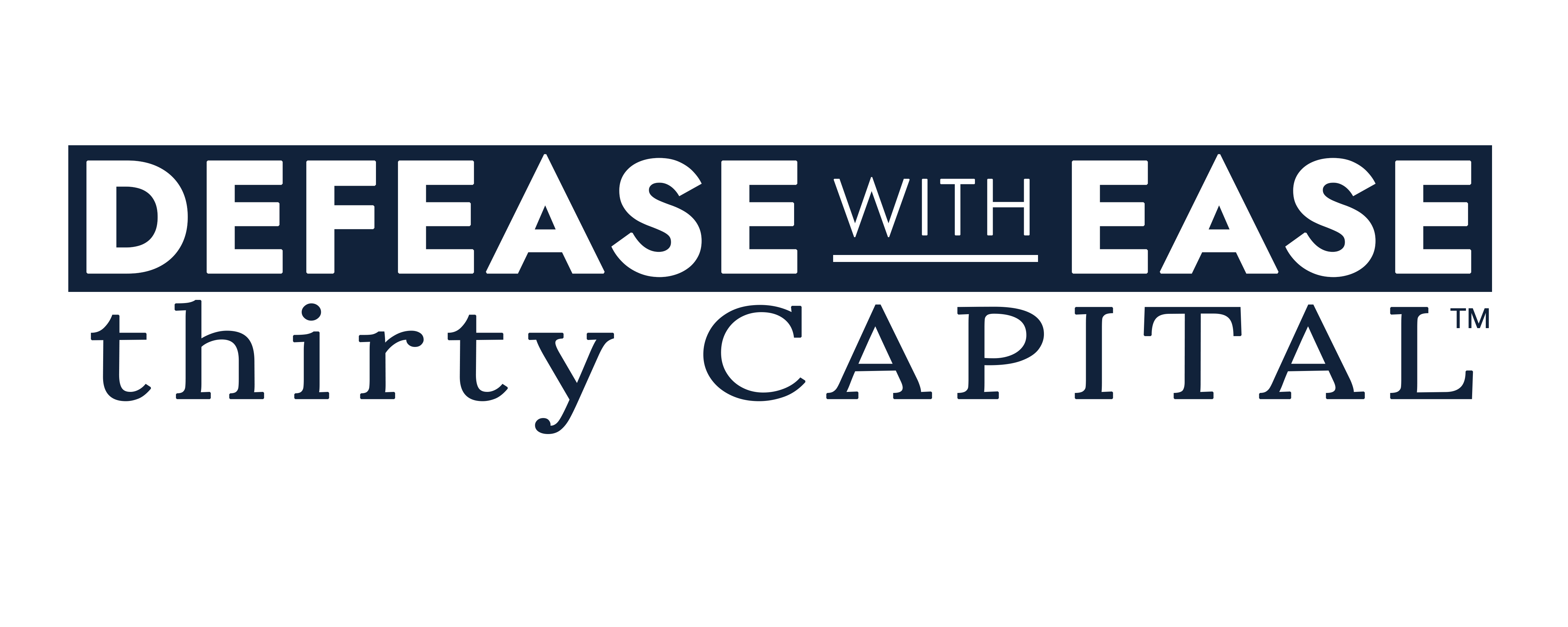Securing capital is an ongoing challenge in commercial real estate (CRE). Owners and operators often face the dilemma of whether to take on more debt or bring in equity partners to fuel growth and expansion. While both options have their distinct advantages, the key to unlocking liquidity without sacrificing ownership control lies in optimizing debt structures. This article explores how CRE owners/operators can leverage strategies such as refinancing, mezzanine financing, and structured debt solutions to access cash-out proceeds while maintaining control over their assets.
The Debt vs. Equity Dilemma in CRE
In commercial real estate, raising capital for expansion, acquisitions, or development projects, is a constant requirement. CRE owners and operators typically face two primary options: bringing in additional equity partners or leveraging debt financing. Each approach carries its trade-offs, and it’s crucial to assess the long-term financial and ownership implications before deciding.
Equity financing involves selling a portion of ownership in the property. This approach eliminates repayment obligations but significantly reduces the owner’s control over the asset, especially when multiple equity partners are involved. On the other hand, debt financing allows owners/operators to retain full ownership of their assets but introduces repayment obligations. Debt often comes with the risk of fluctuating interest rates, prepayment penalties, and changes in economic conditions that can increase financial pressure if not managed carefully.
The real challenge lies in structuring debt in a way that meets liquidity needs without overextending financial commitments or diluting ownership. Debt optimization offers a strategic solution to this dilemma, allowing for capital access while maintaining control.
What is Debt Optimization?
Debt optimization is a proactive and strategic approach to structuring financing in a way that maximizes cashflow, reduces risk, and enhances overall returns. Rather than simply managing existing obligations, this strategy focuses on refining debt structures to align with existing cashflow, market conditions, and business objectives. By carefully analyzing loan terms, interest rate trends, and capital structures, CRE owners/operators can improve liquidity and strengthen portfolio performance.
Unlike traditional debt or equity financing, debt optimization enables owners/operators to access capital efficiently without unnecessarily increasing leverage or diluting ownership. This approach may involve refinancing under more favorable terms, restructuring existing debt to lower costs, or integrating alternative financing solutions like mezzanine debt. By actively managing their debt structure, owners/operators can unlock liquidity, strengthen their financial position, and maintain greater control over their assets—ultimately positioning themselves for long-term success.
Refinancing for Cash-Out Proceeds
Refinancing is one of the most effective ways for CRE owners/operators to unlock liquidity without taking on equity partners. By revisiting loan terms, owners can take advantage of favorable interest rates or increased property values to secure additional capital. Refinancing involves replacing an existing loan with a new one, often securing better terms, such as lower interest rates, extended repayment periods, or higher loan amounts. This provides enhanced cashflow or cash-out proceeds for reinvestment, expansion, or debt reduction.
In a low-interest-rate environment, refinancing locks in long-term savings, while higher rates may require more short-term strategies to mitigate financial risks. With proactive debt management, CRE professionals can access the cash-out proceeds they need without relinquishing ownership or control of their property.
Mezzanine Financing: Enhancing Capital Flexibility
Mezzanine financing is another powerful tool for CRE owners/operators to secure capital without giving up ownership. Positioned between senior debt and equity in the capital stack, mezzanine debt provides funding without significant ownership dilution. While mezzanine financing typically comes with higher interest rates than senior debt, it is more flexible than equity financing and can be structured as subordinated debt or preferred equity.
Mezzanine financing is particularly valuable when senior debt capacity is maxed out, providing additional capital without requiring new equity partners. This financing solution allows owners/operators to preserve their ownership stake while accessing capital. Compared to high-interest bridge loans, mezzanine financing provides more favorable terms and greater flexibility. However, mezzanine financing typically involves an intercreditor agreement with senior lenders, and in a downside scenario, mezzanine lenders can foreclose on the borrower’s equity interest, leading to a loss of ownership.
Structured Debt Solutions for Customized Financing
As market conditions evolve, CRE owners/operators may need structured debt solutions for enhanced flexibility. Options such as convertible debt, participation loans, or hybrid debt-equity structures allow for customized financing, helping investors meet specific liquidity needs while balancing risks.
Convertible debt allows lenders to convert loans into equity at a later date, typically at a discount. This option is ideal for owners/operators expecting a future liquidity event but wishing to delay equity dilution. Participation loans enable lenders to share property appreciation or future rental income, aligning their interests with the owner/operator.
By leveraging structured debt, owners/operators can secure necessary liquidity while maintaining control. These solutions provide flexibility to manage risks, particularly in uncertain markets, and help balance short-term needs with long-term growth.
Balancing Debt and Equity: The Optimal Approach
While leveraging debt can optimize cashflow and liquidity, maintaining a balance between debt and equity is essential. Excessive reliance on debt can strain finances if market conditions shift, while too much equity financing dilutes ownership, which may not align with an owner/operator’s long-term goals.
Debt optimization requires strategic planning, continuous monitoring, and timely decision-making to ensure financing structures align with investment objectives. Implementing strategies like refinancing, mezzanine financing, and structured debt solutions allows owners/operators to unlock liquidity, boost financial performance, and retain control over their assets.
Strategic Insights for Capital Efficiency
In commercial real estate, the ability to access capital without sacrificing ownership is a significant advantage. By optimizing debt through strategies like refinancing, mezzanine financing, and structured debt solutions, owners/operators can unlock liquidity while maintaining control over their assets. Proactive debt optimization ensures that financing structures are aligned with business objectives and market conditions. With careful planning and a comprehensive understanding of available debt options, CRE owners/operators can navigate market cycles, mitigate risks, and maximize returns.
If you’re ready to explore debt optimization strategies for your portfolio, reach out to Defease With Ease | Thirty Capital today. Our debt analysts are ready to discuss the best financing options to unlock liquidity and drive long-term financial success.


